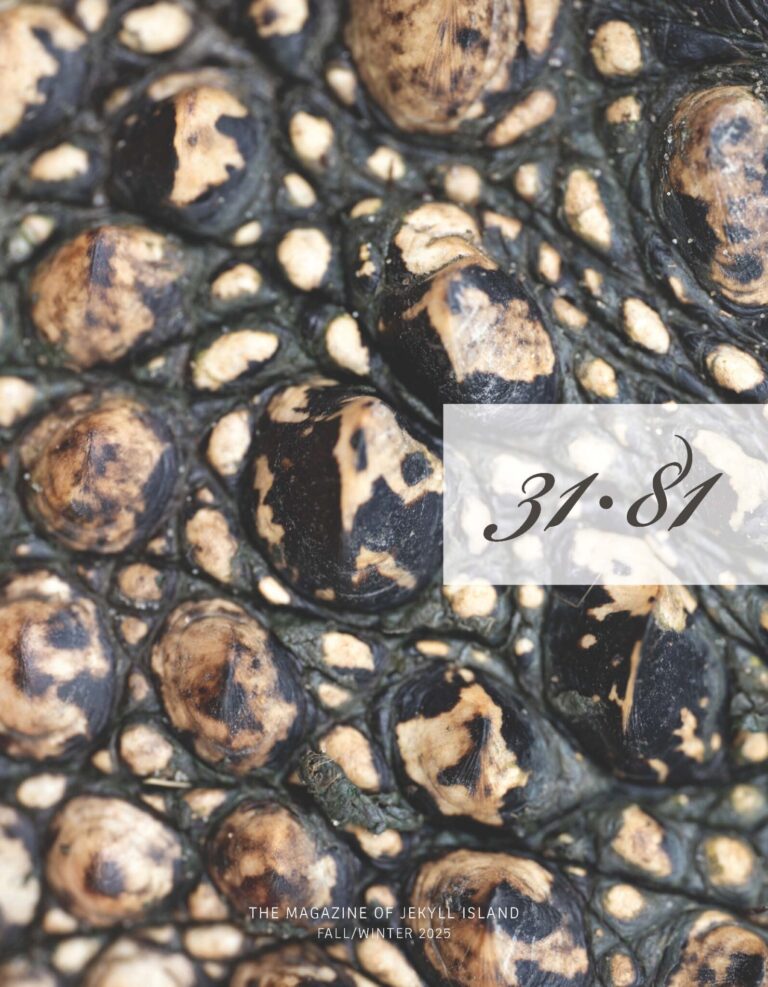Remembering growing up in Jekyll Island’s first Black-owned home
By Tyra Douyon
Sandra Mungin still remembers the salty breeze drifting through the open windows of 13 St. Andrews Drive, the first Black-owned house built on Jekyll Island’s South End. Her father constructed it in 1963 after recovering from tuberculosis. “He said, ‘Suppose I had passed away—y’all wouldn’t have anywhere to stay,’” Mungin recalls. “So that’s when he built this home.”
As the daughter of Genoa and Mamie Martin—the first African American residents of Jekyll Island—Mungin is one of the last living preservers of the Golden Isles’ Black history. Now at 81 years old, she reflects on an upbringing rooted in legacy, love, and community pride.
Back then, the Martins were the only Black family on the block. “It was private, all right,” Mungin says. “We could just walk out the front door and go on down to the ocean.” The South End was still largely undeveloped at the time. Genoa, then a civic leader and radio host in Brunswick, helped encourage Black families to build homes on Jekyll. Few did. The idea of leasing land for 99 years without owning it felt too uncertain for many. But the Martins stayed and eventually, other families followed.
She still recalls the house being built, stopping by often to check on the progress as her father and his friends worked on it. “It was a big thing,” she says. “Living on the beach like that.” People were always coming over to barbecue, boil crabs, and have a good time. “You don’t have any trouble with friends if you got a beach house,” she laughs.
Today, Mungin returns to Jekyll Island often with her grandson to teach him about his great-grandparents, their family’s history, and ties to the Nigerian Igbo tribe and the Gullah Geechee culture. “I want him to know that they loved people. That it wasn’t all about them. It was about what they could do for other people.”
Though the house has long since been sold, the Martin family’s legacy lives on in Mungin’s stories. “It wasn’t a fancy house. It was small, but it was full of love,” she says. “They wanted things to be
better. Not just for us, but for the whole community.”


